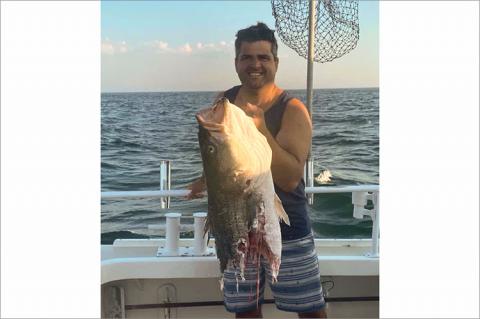In today's social media-charged environment where news, fake or not, makes instantaneous headlines, the word that various species of sharks have been seen offshore here should hardly come as a surprise.
Outdoors
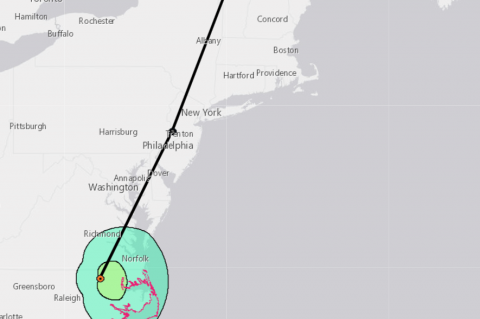 Heavy Rain and Wind Expected as Isaias Reaches the Northeast
Heavy Rain and Wind Expected as Isaias Reaches the Northeast The East End of Long Island will be spared the worst of Tropical Storm Isaias. According to the National Hurricane Center, its path is expected to remain well to the west of New York City on Tuesday, passing over Philadelphia and Trenton, N.J.
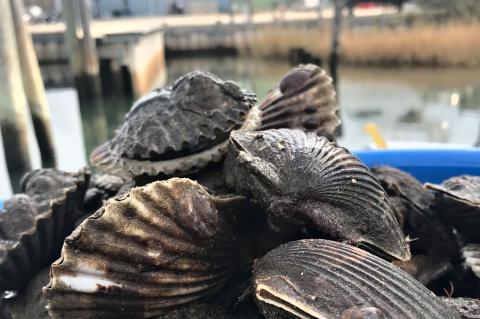 On the Water: Scallops? So far, So Good
On the Water: Scallops? So far, So GoodA lot of people are keeping an eye out, but from all that I've seen and heard so far this summer, the water clarity in the creeks, estuaries, harbors, and bays has been rather good.
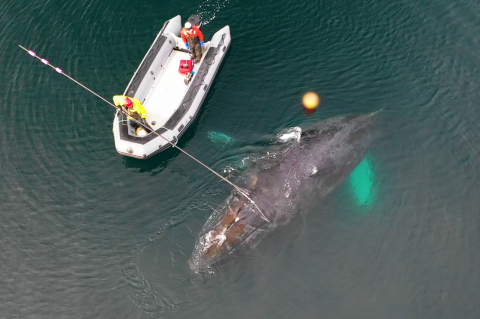 Humpback Deaths on Increase off Northeast Coastline
Humpback Deaths on Increase off Northeast CoastlineA series of recent humpback whale strandings on the East End are evidence of another year of high mortality rates for the species along the Atlantic Coast and particularly in New York, according to the National Oceanic and Atmospheric Administration Fisheries.
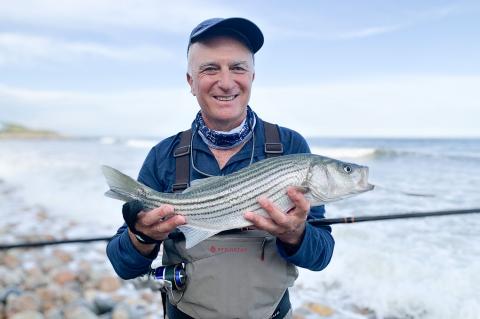 On the Water: The Summertime Blues
On the Water: The Summertime BluesAs we enter the apex of the dog days of summer, the fishing scene has shifted into a lower and slower gear. "While some weakfish, porgy, and a few kingfish are around locally, the better fishing now is off to the east where the waters are cooler," said Ken Morse, the proprietor of Tight Lines Tackle in Sag Harbor.
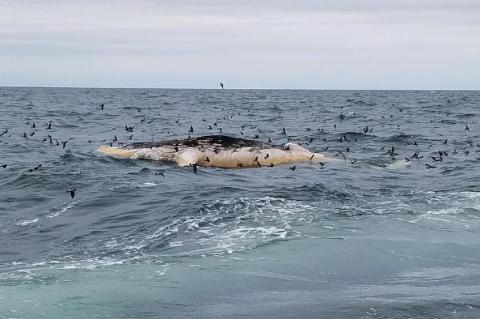 Dead Humpback Whale Found Off Montauk
Dead Humpback Whale Found Off MontaukThis is the sixth large whale stranding in New York this year and the fourth dead humpback reported in 2020, according to the Atlantic Marine Conservation Society.
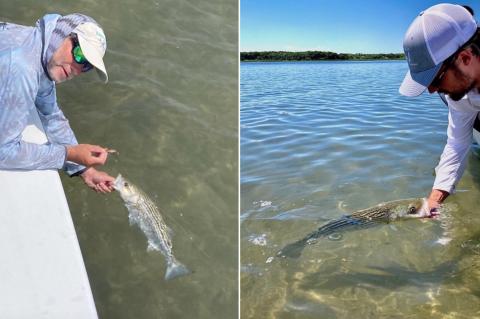 On the Water: The Striper's the Star
On the Water: The Striper's the StarBecause striped bass are so popular and so heavily pursued, the stocks of the linesider have gone through some rather severe ups and downs over the past few decades. Most seem to agree that the current fishery is in a rather precarious position, but efforts to help conserve stripers are extensive.
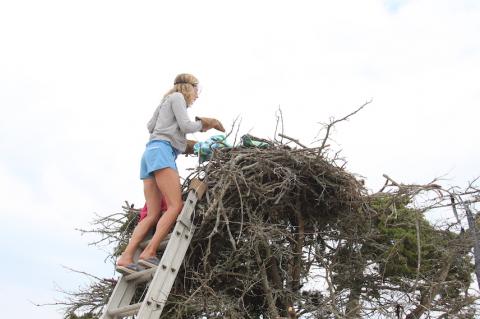 A Lucky (Osprey) Chick Survives a Great Fall
A Lucky (Osprey) Chick Survives a Great FallA North Haven osprey nest was the scene of a dramatic rescue last week after part of it collapsed, dashing two chicks to the ground.
I’m a very tall guy with Sasquatch-like size-16 feet. It does not take a mathematician or physicist to conclude that this does not equate to safely entering, exiting, or just remaining stable when paddling around my nearby back bays, estuaries, and coves. Science has proved that it’s impossible to stuff 10 pounds of potatoes into a five-pound bag.
It was an excursion I was looking forward to. Ever since the outbreak of the pandemic, other than checking on my lobster traps and doing a bit of fishing on my boat, I have not ventured far from home. I’ve been playing it safe.
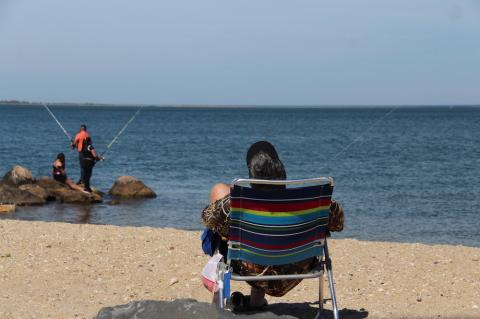 It's Time for a Free Fishing Weekend
It's Time for a Free Fishing WeekendThe weekend of June 27 and 28 is "free fishing weekend" in New York, when all residents are encouraged by the State Department of Environmental Conservation to try their hand at some local fishing. This is the second of six free fishing events in the year.
 On the Water: Off the Hook!
On the Water: Off the Hook!Many businesses have struggled to survive during the coronavirus pandemic and subsequent economic shutdown, but one niche industry is witnessing solid sales. Bait and tackle shops around Long Island have seen a significant uptick in business as more people take up fishing as a social distancing pastime.
 Tony Caramanico, Surf Hall of Famer, Still Catching Waves
Tony Caramanico, Surf Hall of Famer, Still Catching WavesTony Caramanico of Montauk was recently inducted into the East Coast Surfing Hall of Fame for "having made the most significant contributions to the sport, thereby preserving their historical significance and the sport's cultural lore for future generations." He was one of 10 singled out for this honor from a list of 200.
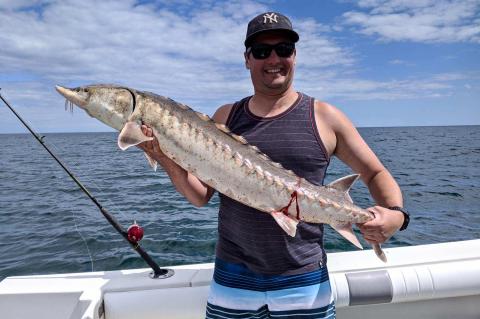 On the Water: Killer Seaweed?! What's Next?
On the Water: Killer Seaweed?! What's Next?As if we didn't have enough to be concerned about these days, Mother Nature has been in a rather ornery mood of late. I'm not sure what's ticked her off, but her unpredictable exploits have left a mark in many parts of the world, including our area.
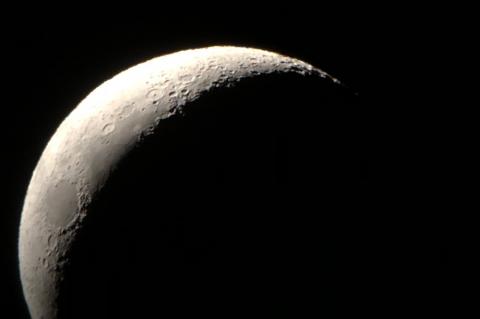 Virtual Tour of the Summer Night Sky
Virtual Tour of the Summer Night SkyThe Accabonac Protection Committee and the Hamptons Observatory will host a virtual sky-watching event on Monday evening.
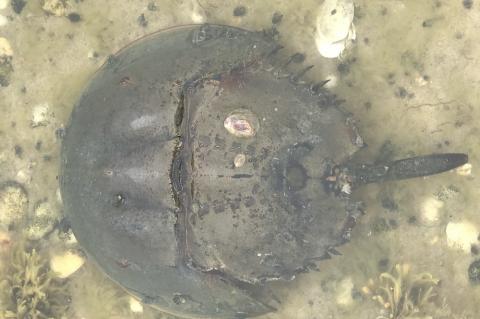 On the Water: In the Mood for Love
On the Water: In the Mood for LoveThey have been around for a very long time. Well before even dinosaurs roamed and roared about the planet.
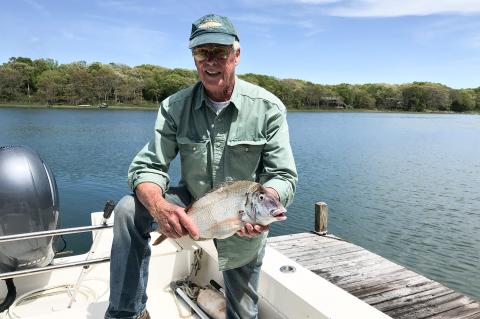 A Cure for the Pandemic Blues
A Cure for the Pandemic BluesOn the morning of May 27 a heavy sigh of relief was palpable along the well-worn docks of Montauk Harbor. Despite a dense blanket of fog that blended into the placid, dark water, there was a buzz and banter that had not been heard for many months.
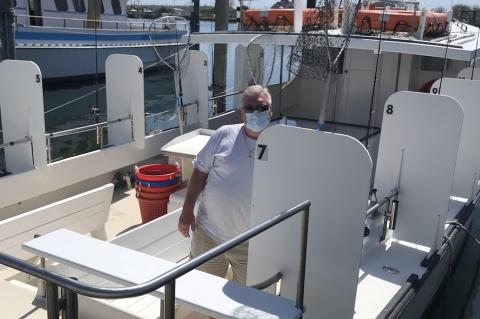 On the Water: Charter Boat Captains Ready for Business
On the Water: Charter Boat Captains Ready for BusinessCharter and party boat captains, eager to get back to their livehoold and get clients back on the water, finally got the chance to do so this week.
 Weekend Seedling Sale at Amber Waves
Weekend Seedling Sale at Amber WavesAmber Waves Farm is holding an outdoor seedling sale this weekend, offering 70 varieties of vegetables, herbs, and flowers. The sale runs Saturday through Monday from 9 a.m. to noon each day at 367 Main Street in Amagansett.
 On the Water: Scanning the Bottom
On the Water: Scanning the BottomI was completely baffled. For over 10 minutes on Sunday morning, the screen of the fish finder to the left of my helm seat clearly showed the contours of the sandy bottom 45 feet below. However, the markings of any life, fish that is, were totally absent from view. From the look of things, apparently nobody was home.
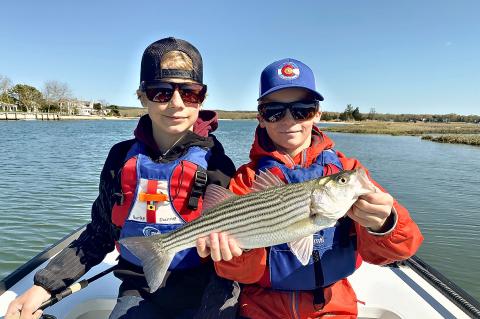 On the Water: Neither Man Nor Beast
On the Water: Neither Man Nor Beast“When the wind is in the east, it’s for neither man nor beast. When the wind is in the north, the old folk should not venture forth. When the wind is in the south, it blows the bait in the fishes’ mouth. When the wind is in the west, it is of all the winds the best.”
Despite below normal water temperatures, things are starting to open up on the fishing front at least, especially in areas west of Montauk.
 Warming Up to Cold Water
Warming Up to Cold WaterThis was the third winter that Heather Caputo, Spencer Schneider, Mike Bottini, and Jeremy Grosvenor have been swimming three or four times a week at various spots in the ocean and in the bay.
Meteorological wishes notwithstanding, it has not been a surprise to see our local water temperatures drop. On a jaunt to my lobster traps last weekend, I saw 47-degree water at Cedar Point to the entrance of Gardiner’s Bay, a 3-degree drop from a week earlier.
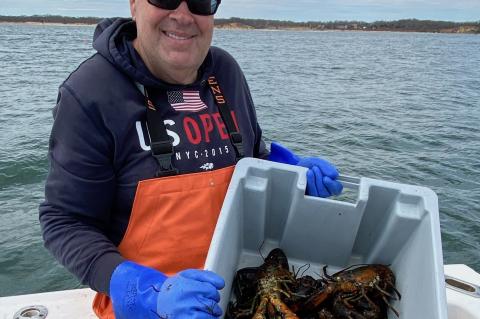 On the Water: Marinas Spring Into Action
On the Water: Marinas Spring Into ActionMarinas and boatyards, which had been deemed non-essential under the governor's New York on PAUSE executive order, have been allowed to open, giving people happy to social-distance with fishing gear in hand reason to celebrate.
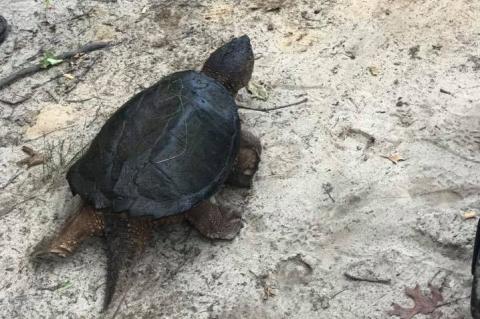 Virtual Nature Programs at South Fork Natural History Museum
Virtual Nature Programs at South Fork Natural History MuseumThe South Fork Natural History Museum and Nature Center has introduced a new digital program to help people stay connected to nature while stuck at home helping to stop the spread of Covid-19.
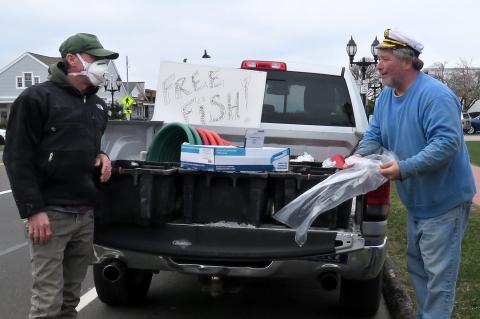 Fishermen See Market Dry Out
Fishermen See Market Dry OutUnable to sell a 1,000-pound catch of fluke last week, Capt. Chuck Morici of the dragger Act 1 spent three days filleting the fish at Montauk commercial dock and offering it for free straight from his boat. On Saturday morning, he gave it away from the back of his pickup truck in downtown Montauk, a big handwritten sign announcing, “Free Fish.”
 Nature Notes: The Cutest of All
Nature Notes: The Cutest of AllHalfway through March, chipmunks are up for good, it would seem. I see ours almost every morning running about, looking hale and sassy.
 On the Water: Early Season Optimism
On the Water: Early Season OptimismAs of this week, spring officially arrives. While it’s pretty clear we will be dealing with the effects of the virus for the foreseeable future, I’m putting forth in solitude, preparing my boat for the season and launching my lobster traps into the still-cold waters.
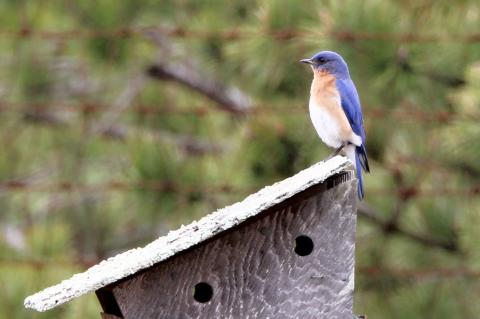 Nature Notes: True Blue
Nature Notes: True BlueThe eastern bluebird, the New York State bird, is the only North American thrush that doesn’t build a typical nest in a tree or bush during breeding season. It lays its eggs in a hole in a tree or a nonliving substitute, a bird box.

